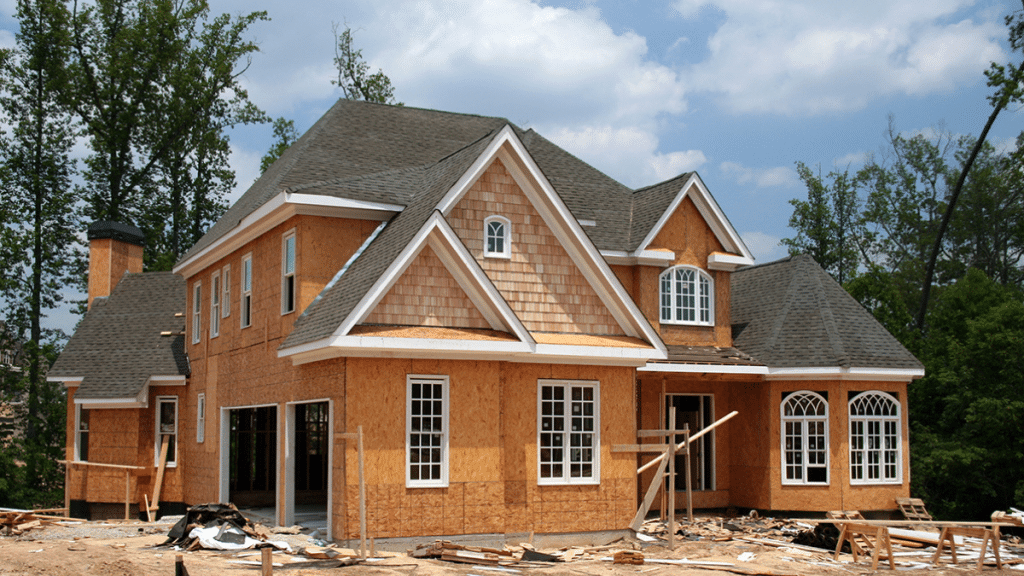As suburban development intensifies, boundary disputes among homeowners have become increasingly common. These disagreements arise when there is confusion or disagreement over the exact lines that separate one residential property from another. In many cases, such conflicts result from unclear surveys, outdated land records, or overlapping uses like fences, driveways, and landscaping that cross into neighboring lots. The legal, financial, and emotional consequences of these disputes can be significant, particularly in densely built subdivisions where every square foot matters.
While most property disagreements are rooted in physical boundaries, some confusion stems from the complex paperwork involved in modern real estate transactions. Misunderstandings about contractual rights, title documentation, and easement conditions can aggravate a dispute that initially appeared minor. Legal misinterpretation is especially likely when buyers and sellers are unfamiliar with specialized transaction types. For example, confusion about what is an assignment sale legal transfer of purchase rights before ownership formally changes can lead to misaligned expectations about property lines and obligations. Though unrelated to boundary lines directly, such contractual missteps can fuel larger legal conflicts when not properly clarified.
Causes Behind Boundary Conflicts
At the heart of most boundary disputes is a disagreement about where one property ends and another begins. This can occur when surveys are poorly conducted, inconsistently interpreted, or completely absent. Developers may use master surveys for an entire subdivision without verifying accuracy at the lot level, leading to inconsistencies when homeowners later commission private surveys.
Fencing, retaining walls, garden beds, or sheds are often installed without prior verification of lot lines, resulting in encroachments that go unnoticed until a neighbor raises concern. In newer subdivisions, rapid construction and varying builder standards can also introduce discrepancies in lot markers or setback distances. In older subdivisions, land may have changed hands multiple times, and property markers may have deteriorated or been lost, further complicating the issue.
Infill development where new homes are constructed in previously undeveloped or underused parcels can further increase the risk of disputes, especially when new surveys conflict with those of adjacent, older properties. In these cases, past surveying errors are brought to light only after a significant investment has already been made.
Legal Framework for Resolution
Boundary disputes fall under real property law and often require judicial intervention or alternative dispute resolution (ADR). Courts typically rely on a combination of title documents, historical surveys, land registry records, and professional testimony to establish true property lines. In some cases, adverse possession laws may apply, allowing a party to claim ownership over disputed land if certain legal conditions such as long-term, continuous, and exclusive use are met.
Homeowners can initiate a quiet title action, a legal process that clarifies ownership and settles competing claims. These proceedings, while effective, can be time-consuming and expensive, particularly if multiple parties are involved or if property rights have been transferred multiple times.
Alternative approaches like mediation or arbitration can offer faster, less adversarial solutions. Mediation allows both parties to negotiate a mutual agreement with the help of a neutral third party. While the outcome isn’t legally binding unless converted into a court order, it often leads to more amicable and practical arrangements.
Preventative Measures and Best Practices
To avoid future disputes, homebuyers should commission an up-to-date land survey before closing on any property transaction, even in brand-new subdivisions. Title insurance policies should be carefully reviewed to determine what coverage, if any, exists for boundary issues. In some jurisdictions, enhanced title policies may offer added protection for encroachments or survey errors.
Municipal building permits often require setbacks and lot line verification. Ensuring that all improvements, including fences and accessory structures, comply with these rules can significantly reduce future liability. In HOA-governed communities, adherence to association guidelines may also provide an extra layer of clarity.
Communication between neighbors is equally vital. Many disputes escalate due to poor interpersonal dynamics rather than insurmountable legal problems. Informal agreements, even if non-binding, can serve as temporary measures while formal resolution is pursued. It is advisable to document any such arrangements in writing.
Implications for Developers and Real Estate Professionals
Developers bear a significant responsibility in minimizing the risk of boundary disputes through precise planning, thorough surveys, and transparent documentation. Clear subdivision plans filed with municipal authorities should be updated regularly, and individual lot plans should be confirmed prior to transfer of ownership. Marketing materials should avoid vague or exaggerated descriptions of lot size and use rights.
Real estate agents and legal professionals must educate clients on the nuances of property boundaries, including the value of professional surveys and the risks of relying solely on builder-provided documentation. They should also flag any encumbrances or irregularities found in title searches. With increasing use of pre-construction and assignment sales, disclosure obligations must be meticulously followed to ensure that all parties understand their rights and responsibilities.
Final Thoughts
Boundary disputes in residential subdivisions are often preventable with due diligence, clear documentation, and early communication. As property values continue to rise and land becomes more scarce, legal clarity and mutual understanding will remain central to resolving and avoiding these costly conflicts.
